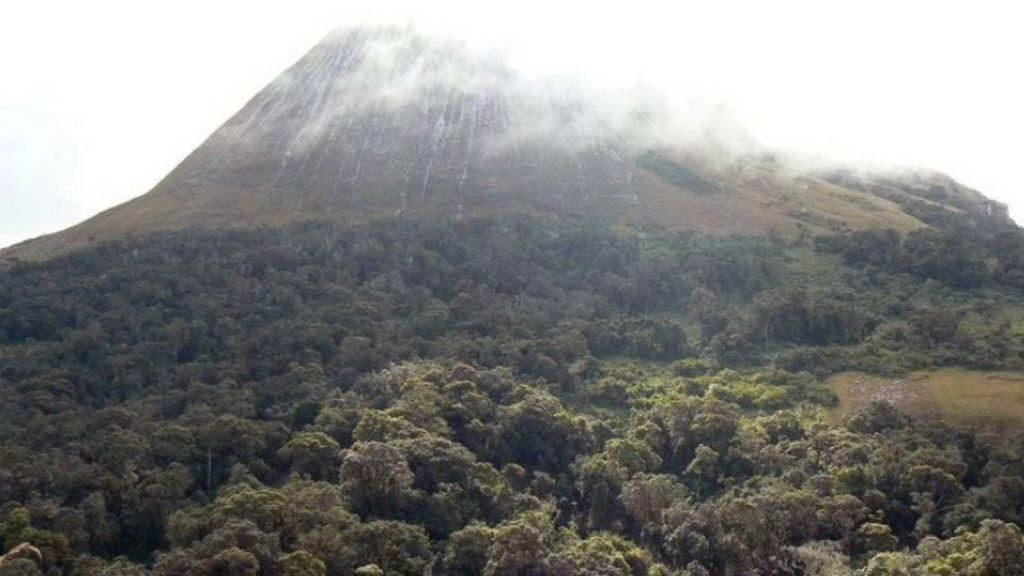Scientists have identified a unique and previously undocumented ecoregion in southeastern Africa, spanning across Malawi and Mozambique, composed of 30 isolated mountains known as granitic inselbergs. These mountains, formed millions of years ago, contain high-altitude grasslands and evergreen forests that are home to hundreds of plants and animals found nowhere else on Earth. The scientists have named this ecoregion the South East Africa Montane Archipelago (SEAMA), and it is characterized by unique communities of flora and fauna.
This newly proposed ecoregion is significant for conservation efforts as it is home to both the largest and smallest mid-elevation rainforests in southern Africa, as well as biologically diverse montane grasslands. The research team, consisting of around 100 specialists from various disciplines, conducted over 30 biological surveys spanning two decades to collect evidence supporting the definition of this ecoregion. The documented species in the SEAMA ecoregion include numerous endemic plants and animals, as well as several new species, such as the Mabu bush viper discovered on Mount Mabu by Professor Julian Bayliss.
The proposed SEAMA ecoregion is under severe threat from deforestation, hunting, and agricultural expansion, with almost all of the mountains experiencing significant loss of primary humid forest cover since 2000. Despite some efforts to protect certain areas, such as Mount Mabu, other mountains like Mount Thyolo have already lost their montane forests and unique species like the Thyolo alethe bird. Conservationists emphasize the importance of defining and protecting this ecoregion to prevent further extinctions and preserve its biodiversity.
The SEAMA ecoregion boasts a wealth of endemic plant and animal species, including 127 plant species found only within the region and 39 endemic butterfly species. However, the biodiversity of this ecoregion is still not fully explored, leaving room for the discovery of more species new to science. The genetic isolation of many of these species, such as the Mabu bush viper, highlights the importance of preserving this unique ecosystem and supporting conservation initiatives in the region.
The study underscores the need for international collaboration and transboundary conservation efforts between Mozambique and Malawi to protect the biodiversity of the SEAMA ecoregion. The scientists involved in the research hope that their findings will raise awareness of the region’s importance and lead to increased conservation efforts. By safeguarding this unique ecoregion, conservationists aim to not only protect endemic species but also contribute to global biodiversity conservation and promote sustainable practices in the area.
In conclusion, the South East Africa Montane Archipelago is a newly defined ecoregion in southeastern Africa with a rich diversity of endemic plants and animals. Scientists have identified unique communities of flora and fauna in this region, highlighting the need for conservation efforts to protect its biodiversity. Through research and collaboration, experts are working to raise awareness of the SEAMA ecoregion’s significance and advocate for its preservation. By addressing threats such as deforestation and habitat loss, conservationists aim to secure the future of this unique ecosystem and contribute to global efforts to safeguard biodiversity.















